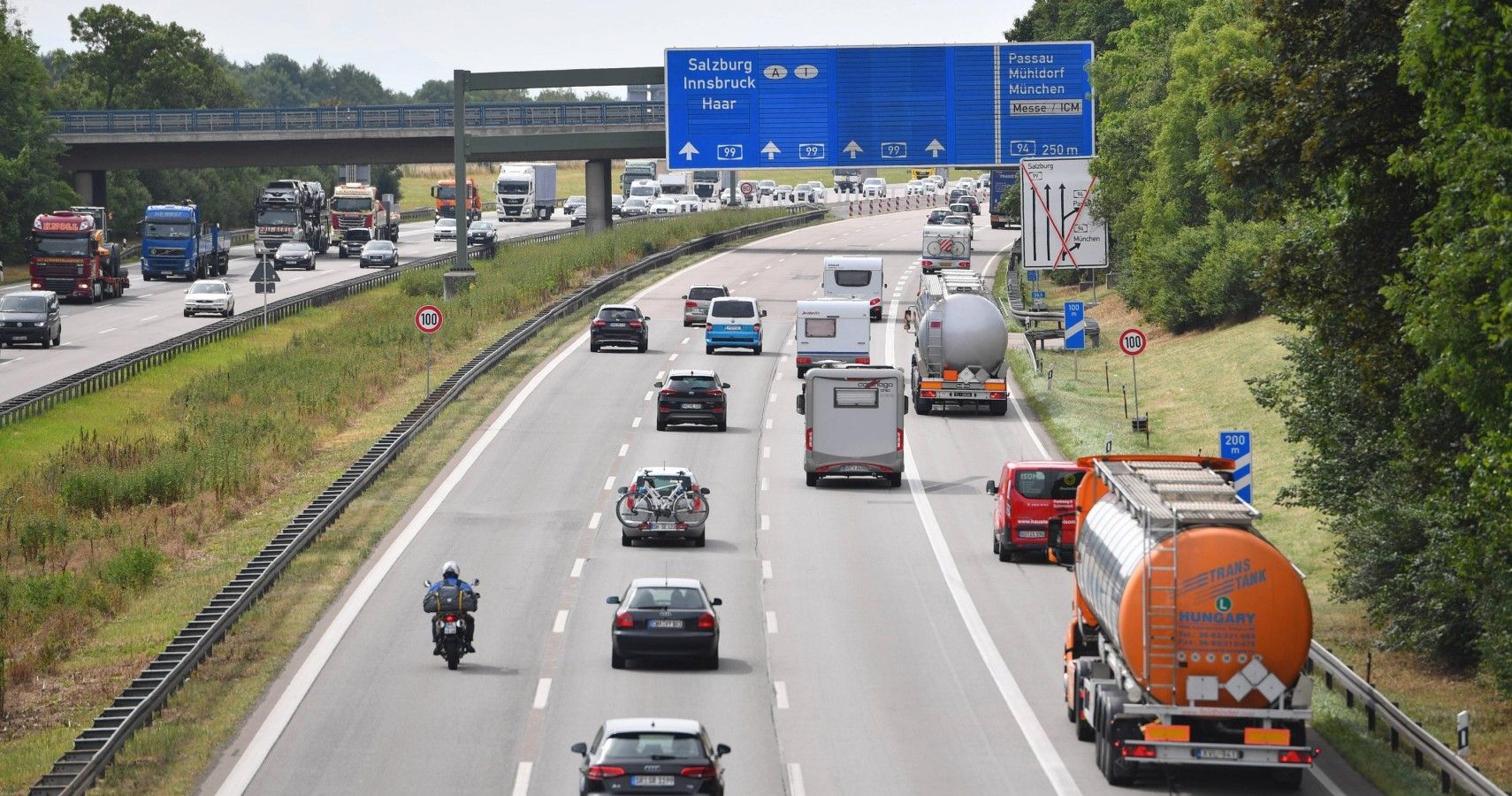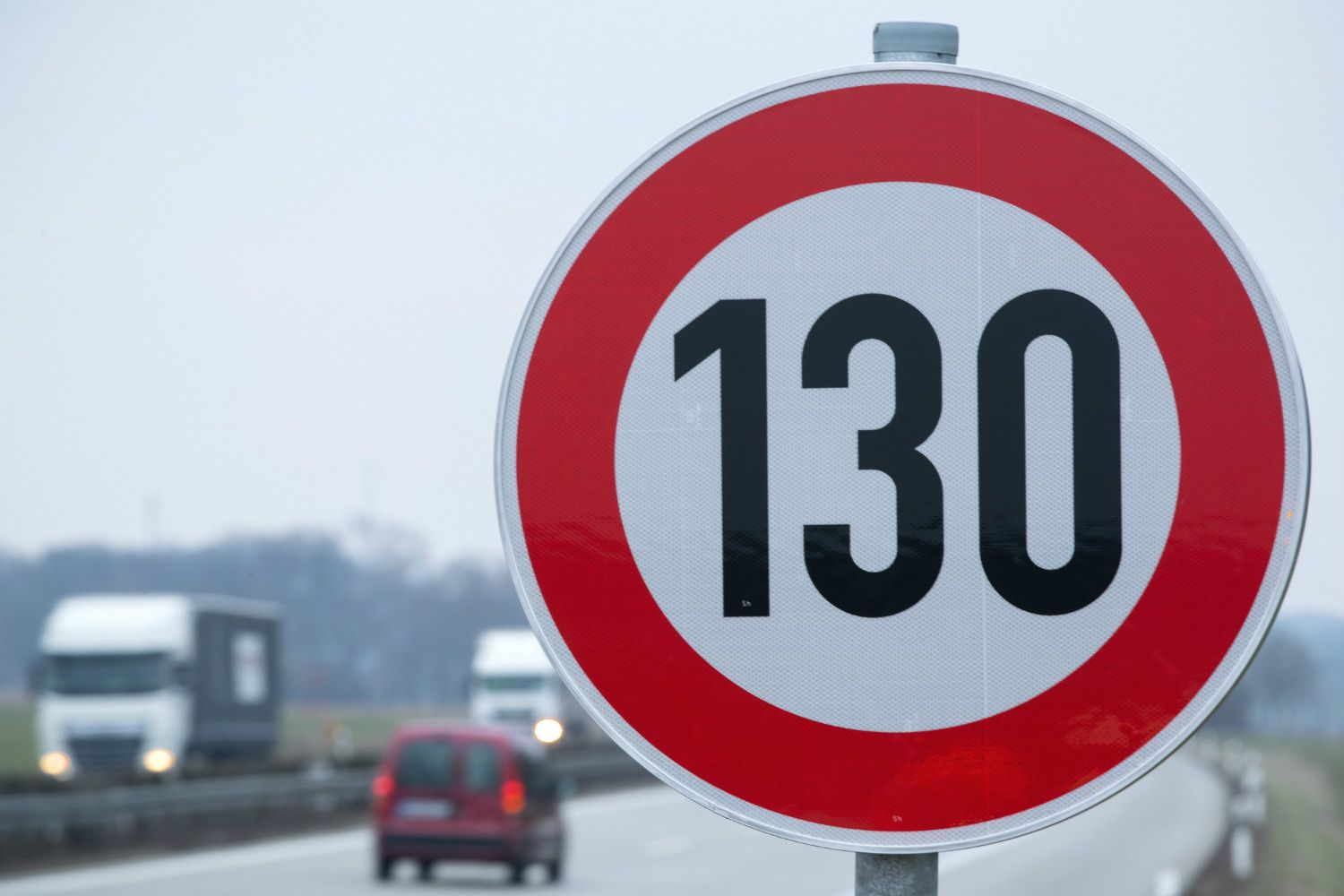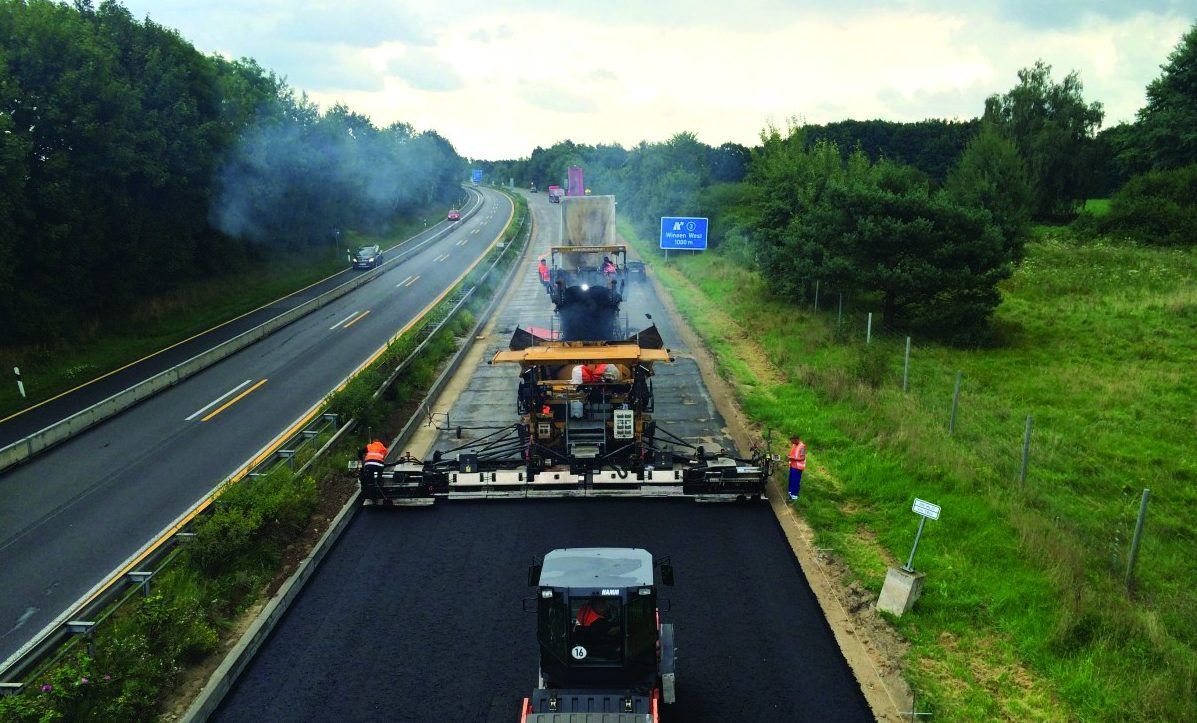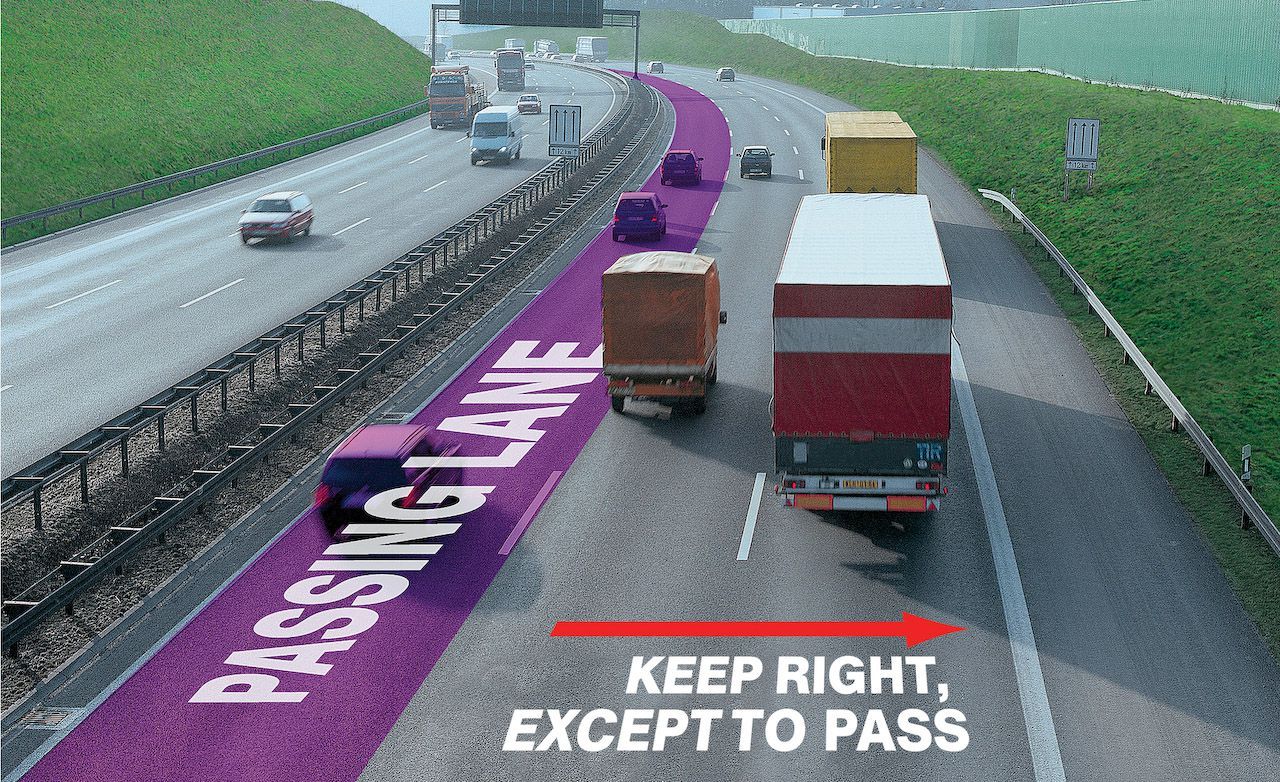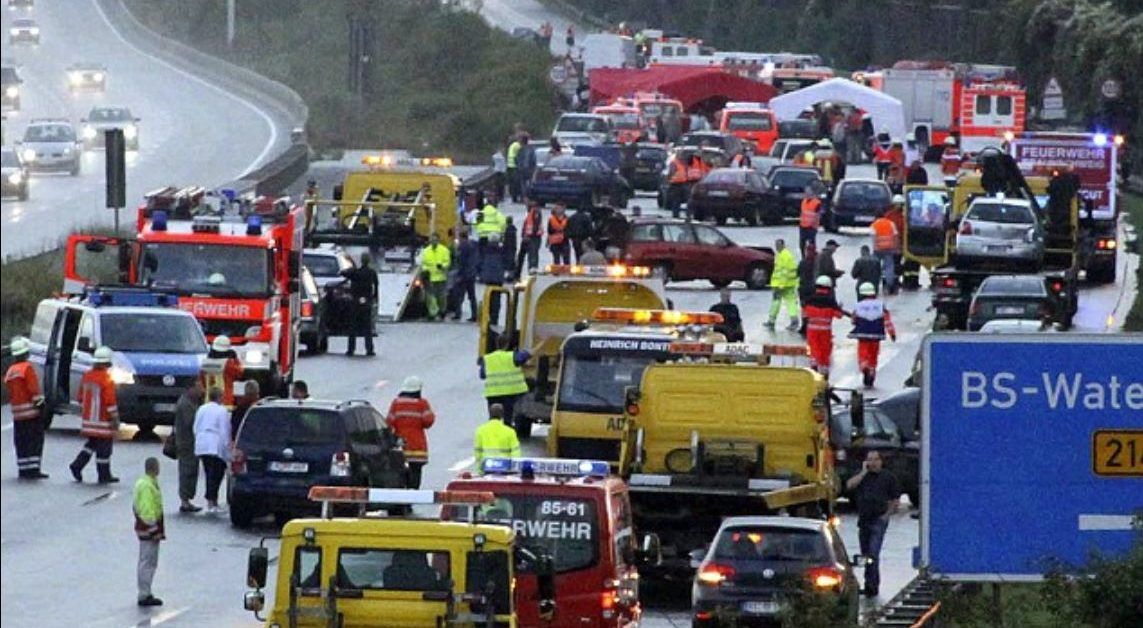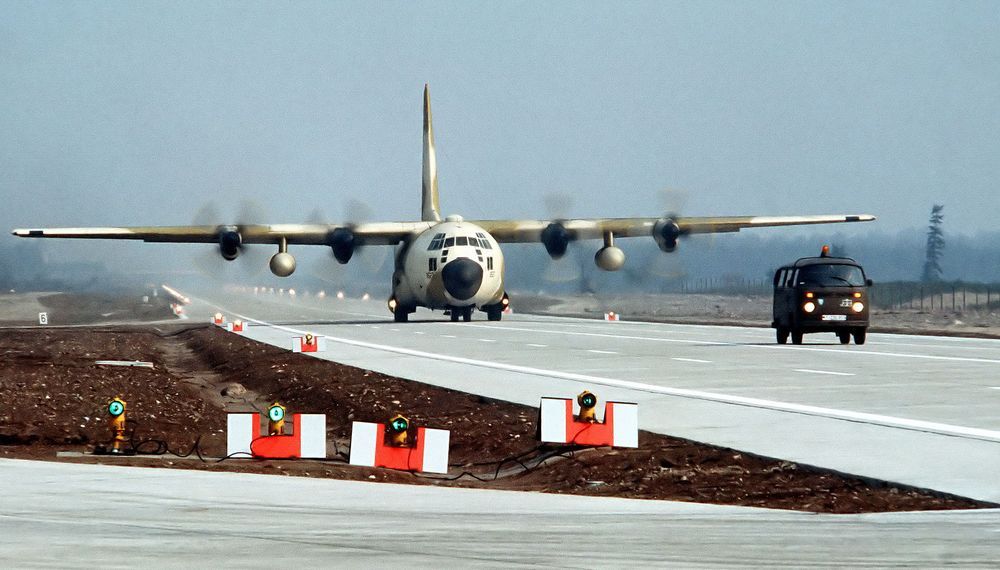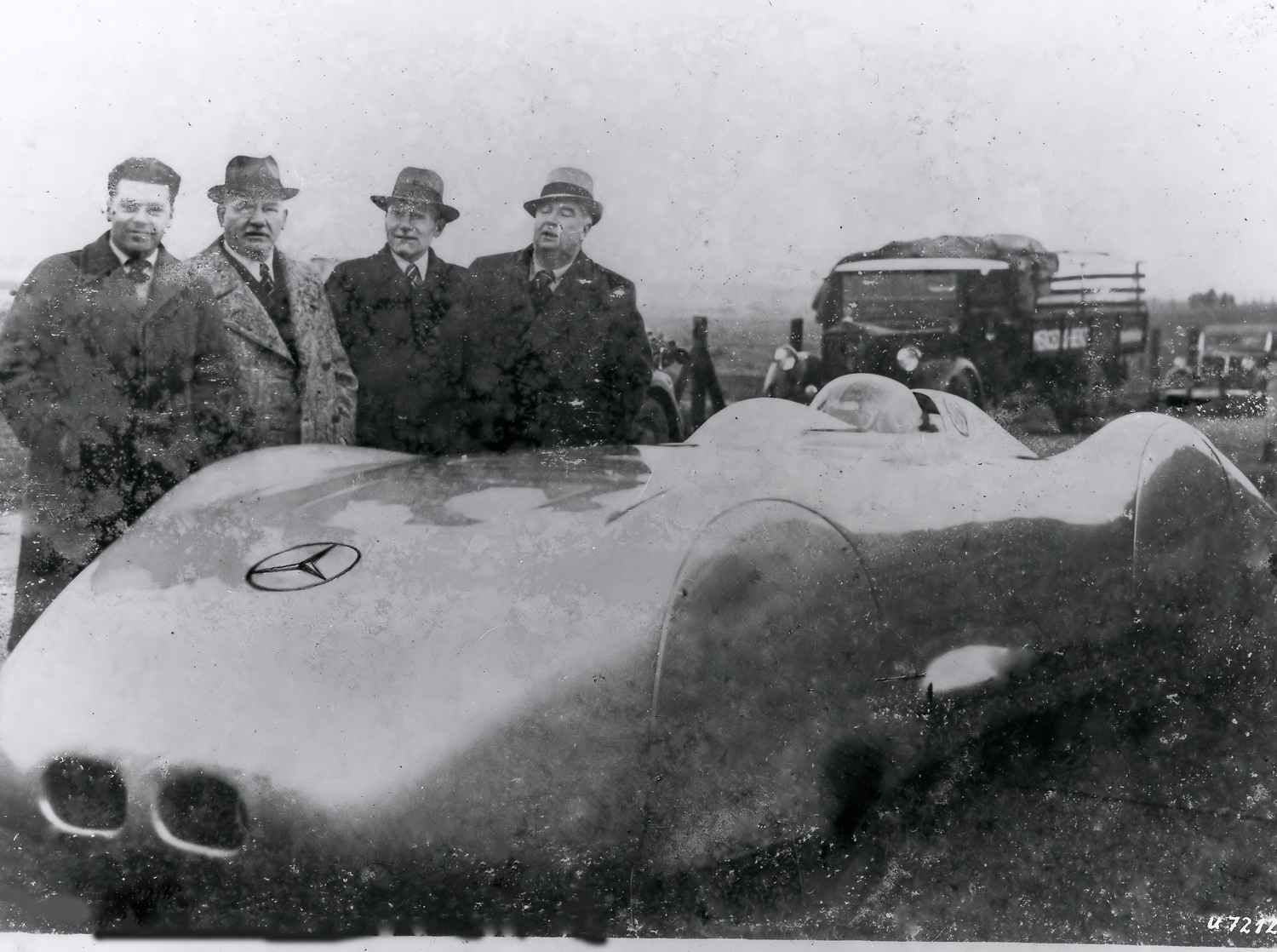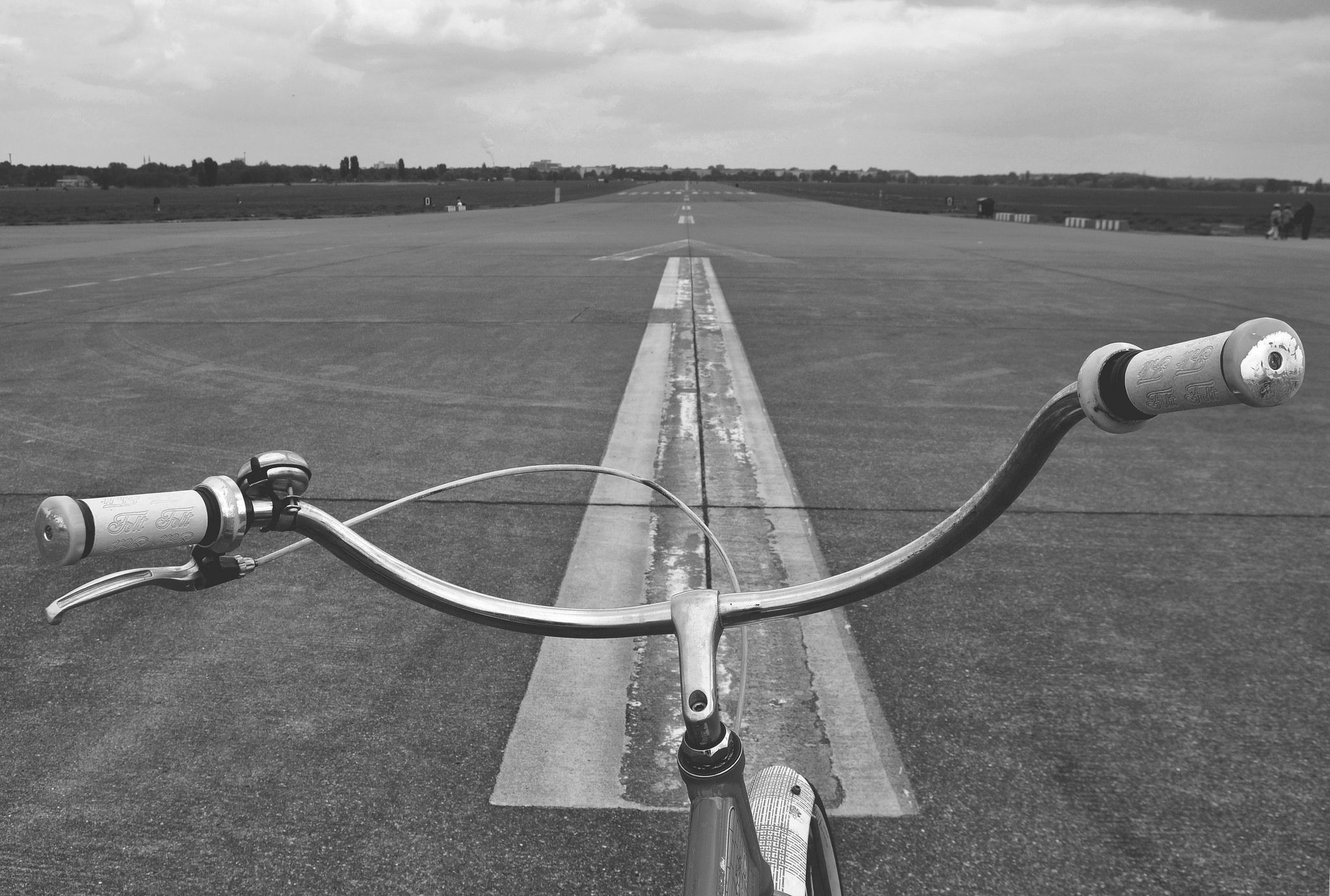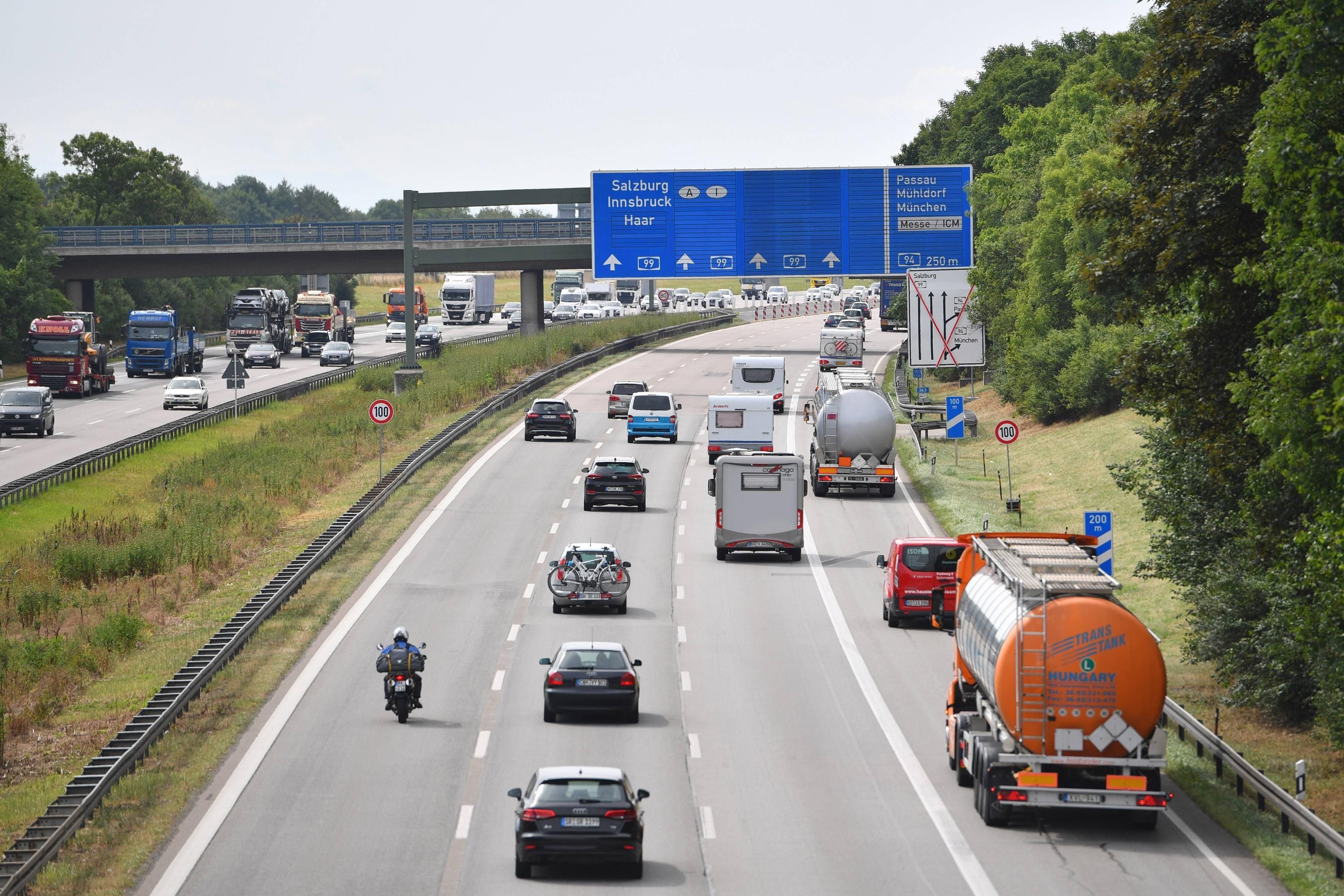We have all heard of the infamous Autobahn and how drivers are allowed to create their own speed limits, but there are some things you probably didn't know. This stretch of roadway has its own history and laws that are lost on many people who don't reside in Europe. These facts are utterly unique and some of them might surprise you as you dive into the information.
We have compiled a list of these unknown facts for interested parties to learn about this famed roadway. You may find the history and rules associated with the Autobahn are different then you had formerly believed. Keep reading to learn 10 things about the Autobahn that you didn't know!
10 10. There are speed limits
A common misconception is that there are no speed limits on the Autobahn, but this is a false statement. There are sections of the Autobahn that do have speed limit restrictions, but others fall under the unrestricted criteria. It also imposes a recommended speed limit of 80 mph, but cars are free to travel at whatever speed they feel is appropriate.
There has been talk over the years of implementing a speed limit on the entire stretch of roadway, but many Germans have become upset over the details of this proposal.
9 9. The roads are well maintained
These roads rely on maintenance in order to keep the speed limit unrestricted. If there is an imperfection in the roadway it can lead to dangerous crashes since the cars travel at such high speeds. They add multiple layers of concrete to keep it sturdy and it is constantly being checked for any sign of damage.
The Autobahn even has its own crew that works around the clock to ensure any damage to the roadway is fixed immediately. America could learn a thing or two from the maintenance performed on the Autobahn and the rest of Europe's roadways.
8 8. The left lane is the passing lane. End of Story.
The United States has a left lane, which is used to pass other vehicles, but many times slow cars can be found sitting here. The Autobahn does not allow this and any slow-moving vehicles are required to stay in the right lane.
The left lane is strictly used for passing other cars and there are no exceptions to this rule. It is in place to prevent any unfortunate accidents from occurring and is truly for the safety of all parties on the Autobahn.
7 7. The largest pileup involved 259 cars
The largest pileup ever recorded on the Autobahn happened back in 2009. A total of 259 cars were involved in the accident and there were numerous injuries reported. The cause of this collision was due to poor weather conditions, as heavy rainfall had made the roadway slick.
They recruited 340 rescue workers to help with the cleanup and the estimated cost of their efforts is in the range of €1.5 million. The main idea is to ensure you are driving safely and keeping a good distance from other vehicles when you traverse this roadway.
6 6. It was sometimes used as a landing strip for airplanes
This was a common occurrence during the Cold War and it was an exercise by NATO that was nicknamed Highway 84. They had these tests because the theory was that if the Soviet Union bombed airstrips, then they could use the Autobahn as an alternative place to land their planes.
They had an entire system in place to remove guard rails and a transportable air traffic control tower if the need ever arose. When the Cold War ended the sections of roadway were converted back to their original glory and has not been used as an airstrip since then.
5 5. The idea didn't come from Hitler
It is a common misconception that the idea for the Autobahn stemmed from Hitler, but he actually stole the idea from a predecessor. Mayor Konrad Adenauer of Cologne began the construction project of this roadway before Hitler came to power, but after the Third Reich was disbanded, Hitler decided it was best if he said the idea was his.
He might have been behind the speedy construction, but in the end, he can only claim he saw it to completion.
4 4. The fastest speed record was set in 1938
It might surprise you to learn that the fastest speed ever recorded on the Autobahn happened back in 1938. The vehicle was a Mercedes-Benz W125 with a V12 5577cc engine that had two superchargers.
It produced a top speed of 238.8 mph and was produced by Rudolf Caracciola, who was a racer for the company at the time. It was an amazing feat and to this day no one has beat the record he set those many long years ago.
3 3. Bicycles were allowed during WW2
This was a common occurrence in World War II to see bicycles traveling down the Autobahn. This was due to the shortage of fuel in Germany at the time and only certain residents were permitted to use their cars on the Autobahn.
This opened a window for cyclists to use the Autobahn until after the fuel crisis was over. Bicycles are no longer allowed to be used on this road, but they have opened an Autobahn just for bicyclists.
2 2. There are no tolls
You probably think that the Autobahn has initiated the use of tolls to pay for its extensive maintenance efforts, but they have never been implemented. They have incorporated the cost of highway maintenance into their federal budget. They obtain these funds by taxing gasoline and through general vehicle taxes.
It has been debated whether or not they should add tolls, but as of now, that has not been passed into law. Germans have been against the institution of tolls and to date, the government has listened to their concerns.
1 1. They use a freeze-resistant concrete mix
A major reason why the Autobahn stays reliant year after year is due to the freeze-resistant concrete mix that they use on the roadways. This prevents the Autobahn from cracking, as is a common occurrence in the United States.
It allows the road to stay supple and free of imperfections that the winter weather usually brings. It might be pricier, but it does make up for the cost of maintenance that would be required if any other type of concrete was used.

